|
"Inyan [the Creator] drained its blood to make each creation and kept getting weaker and weaker as this went on . . . When creation was complete, Inyan was dry and brittle and broke apart and scattered over the world . . . Then the phrase Mitakuye Oyas'in came into being . . . Mitakuye Oyas'in means 'all my relatives' or 'we are all related.' This is the most fundamental belief in our Lakota philosophy, that we are all related to everything on earth and in the universe. We were all formed from the blood of Inyan: humans, animals, trees, water, air, stones. Our word for stone is 'Inyan.' A stone tells me about Inyan, and that spirit of Inyan is in that stone. That spirit or energy in that stone is Inyan. That's my belief. In English when we talk about a rock, pebble, or stone, it describes a lifeless object, so that's what it becomes. It becomes just an object. But to us it's a living relative . . . Tunkan Oyate - that's the Stone people . . . We address each stone as "Tunkasila [Grandfather] . . . I address them as Tunkasila, also because they represent the beginning of time until today. And they are my relatives, and they are dear to me." Albert White Hat, Sr., Lakota chief and elder Photos: The reddish Spearfish Formation and Bear Lodge, Devil's Tower National Monument, WY; Ruddy layers at Badlands, SD; Albert White Hat. "The condition which high friendship demands is ability to do without it. There must be very two, before there can be very one. Let it be an alliance of two large, formidable natures, mutually beheld, mutually feared, before yet they recognize the deep identity which beneath these disparities unites them." Ralph Waldo Emerson During my hikes this week, I've been reflecting on the fact that friendship for me is actually quite rare these days. When it does occur, it generally happens with another contemplative - one who first and foremost values their own solitude, spiritual disciplines and deep union with the Divine. Even then, the communication between us is rather infrequent, but fulfilling when it does occur. For years, I wanted so badly for people to like and approve of me, but now I hardly seem to care. The need for other human beings has largely been replaced by a profound relationship with both God and Goddess, with Wisdom, with Nature, and with my photography. This lessened need for people has, I find, actually increased my love for them. I discover in my interactions with people that I long for them to discover their own sacred identity, and I want to help mirror that core back to them as I am able. I do of course need the interest of people in my work, for this is how I make a living. But while I at one time needed intensely the personal approval of other people, now it seems largely unnecessary. After all, what is the approval of another human being compared to communion with the Creator, with the endless riches dwelling within, and with the multi-billion year history of the Earth? Photos: Golden Banner ablaze at Lory State Park, CO; A Pasqueflower survives a hailstorm in Rocky Mountain National Park, CO; A snake at Devil's Tower National Monument, WY. These photos were taken on May 21-26, 2016 For Spiritual Direction or Workshops, please visit:http://www.resourcesforspiritualgrowth.com/ In an era when we hear of so many scandals with so-called spiritual "masters" involving ego, power, money and sex, it is refreshing to know there are some leaders who are the REAL THING. Lakota medicine man Frank Fools Crow (1890-1989) was one such master. The following is an excerpt from a book by a Lutheran minister named Thomas Mails entitled "Fools Crow: Wisdom and Power": Thomas Mails: The great holy man, Black Elk, said, “I cured with the power that came through me. Of course it was not I who cured. It was the power from the outer world, and the visions and ceremonies had only made me like a hole through which the power could come to the two-leggeds. If I thought that I was doing it myself, the hole would close up and no power could come through. Then everything I could do would be foolish.” As Fools Crow and I discussed the matter of how a person serves the Higher Powers, I asked, “Do you agree with Black Elk that the medicine person is a hole that Wakan-Tanka [God] and the Helpers work through to help people?” Frank Fools Crow: “We [Black Elk and I] talked about this several times. We agreed that the Higher Powers had taught us this same thing. We are just holes. But as I have used hollow bones for curing, I have decided that it is better to think of medicine people as little hollow bones.” Thomas Mails: “All medicine persons are hollow bones that Wakan-Tanka, Tunkashila, and the Helpers work through?” Frank Fools Crow: “In and through. The power comes to us first to make us what we should be, and then flows through us and out to others . . .” Thomas Mails: “Can anyone become a little hollow bone for Wakan-Tanka to work in and through?” Frank Fools Crow: “Perhaps not a holy or medicine man, because we are called to that. But everyone can become a bone to serve others . . .” Thomas Mails: “Where the bone idea is concerned, what is the difference between a holy or medicine person and an ordinary person?” Frank Fools Crow: “The cleanest bones serve Wakan-Tanka and the Helpers the best, and medicine and holy people work the hardest to become clean. The cleaner the bone, the more water you can pour through it, and the faster it will run. It is this way with us and power, and the holy person is the one who becomes the cleanest of all . . . It is like we have bodies that are covered with holes through which they enter and fill us, and out of which our prayers go up to Them. We are also ready to forego many of the ordinary pleasures of life so that we can become medicine people . . .” “We are called to become hollow bones for our people and anyone else we can help, and we are not supposed to seek power for our personal use and honor. What we bones really become is the pipeline that connects Wakan-Tanka, the Helpers, and the community together. This tells us the direction our curing and healing work must follow and establishes the kind of life we must lead. It also keeps us working at things that do not bring us much income . . .” “The Power that we receive is for curing, healing, prophesying, solving problems, and finding lost people or objects. It is also for spreading love, transforming, and assuring peace and fertility. It is not to give us power over others because the source of power is not ourselves. It comes to us and moves through us as hollow bones, but it belongs to Wakan-Tanka and the Helpers. They are the source, and all thanks should go to Them.” “The life of a holy person becomes soaked with power. One way to describe it is that we are like filled sponges . . . Our lives are a dance of power, and our people see this, so they honor us. It follows then that we are always in public view, and that our behavior must be the best. I do not argue, do not fight, do not hate, do not gossip, and I have never said a swear word. I have not chased after women, and I have controlled my lust for them. I have never touched a woman patient other than what was necessary to cure or heal them. I have not taken advantage of anyone . . . I have never touched alcohol or drugs; I have not even used peyote like they do in the Native American Church. Wakan-Tanka can take me higher than any drug ever could. Because of these things, and of my spiritual life, people respect me. But the important thing is that I reflect Wakan-Tanka and the Helpers to them. I am not Them, but people see what They are like in me and in the life I have lived. This life has been a very happy and full one. I don’t know how it could have been better. Wakan-Tanka did not tell me to forego the things I just mentioned. I just came to know that I would have a better life without them. One of the reasons why I have had such a hard time trying to find people to pass my medicine on to is that there are so few who want to live morally and frugally. While they talk a lot about wanting to do this, they do not really want to give up pleasure and material things . . .” Thomas Mails: “Are there any basic rules for students to follow?” Frank Fools Crow: “To become a clean, hollow bone, you must first live as I have, or if you have not done this already, you must begin to do it. You must love everyone, put others first, be moral, keep your life in order, not do anything criminal, and have a good character.” For Spiritual Direction or Workshops, please visit: http://www.resourcesforspiritualgrowth.com/ "I do not always ask, in my prayers and discussions, for only those things I would like to see happen, because no person can claim to know what is best for mankind. Wakan Tanka and Tunkashila alone know what is best, and this is why, even though I am worried, my attitude is not overcome with fear of the future. I submit always to Wakan Tanka's will. This is not easy, and most people find it impossible, but I have seen the power of Prayer and I have seen God's desires fulfilled. So I pray always that God will give me wisdom to accept his way of doing things." Frank Fools Crow Lakota chief and elder Photos: Bear Lodge (Devil's Tower National Monument, WY) and Badlands National Park, SD. The fourth photo is Frank Fools Crow. For Spiritual Direction or Workshops, please visit: http://www.resourcesforspiritualgrowth.com/ "In 1998 I was made a chief. I don't know how to define 'chief.' It's not a Lakota term, and it's also a very recent term. Traditionally, a man of that stature was called 'naca,' a man of wisdom and achievement. Such a man was said to practice humility to everyone, even to the camp dog, but today 'chief' is defined as something like a king or a president. You know, that status is given today because of Western influences, and now they've become really important figures - 'I'm a chief,' you know, that sort of thing. I was given a war bonnet, but I put it away for a year while I called all my relatives on both sides of the family. I asked them to gather and presented the bonnet, asking if I had their support to wear it. They said yes, so I asked the White Hats if I could use that name as chief. They said I could, so, 'Chief White Hat.' It was necessary for me to get permission from my tiospaye [family group] for that to happen. That's how it's done." Albert White Hat Lakota "chief" and elder Photos: Two Badlands scenes (SD) and one of Bear Lodge (Devil's Tower, WY, with prayer ties in a Ponderosa Pine. the fourth photo is of Albert White Hat. |
AuthorStephen Hatch, M.A. is a spiritual teacher and photographer from Fort Collins, Colorado. His approach is contemplative, inter-spiritual, and Earth-based. Archives
June 2016
Categories |
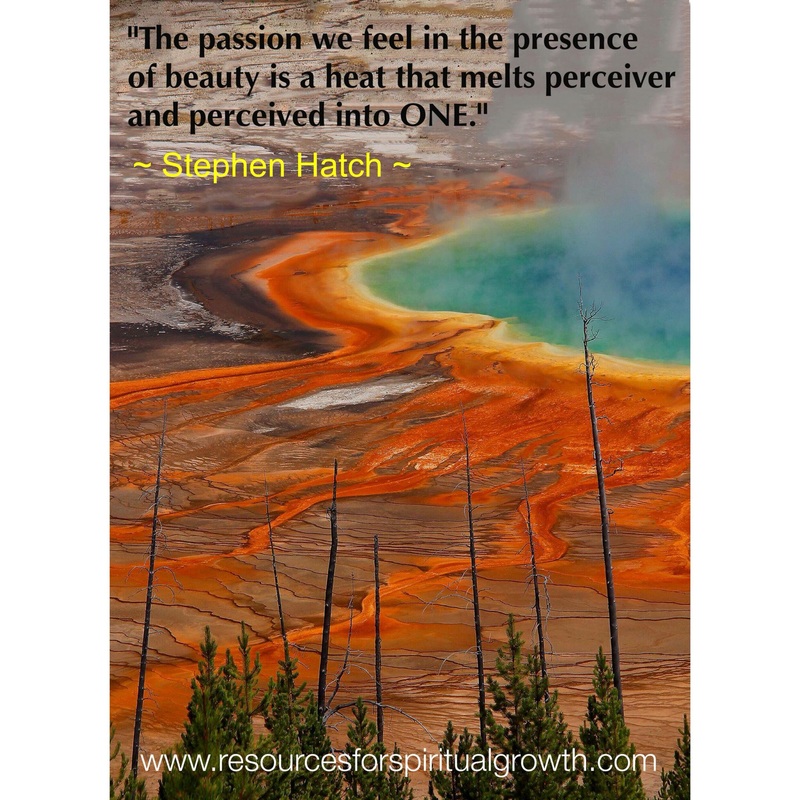
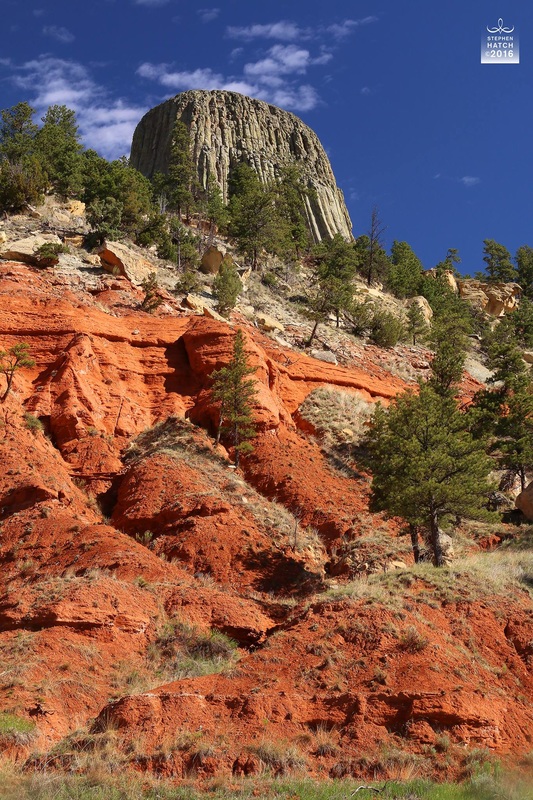
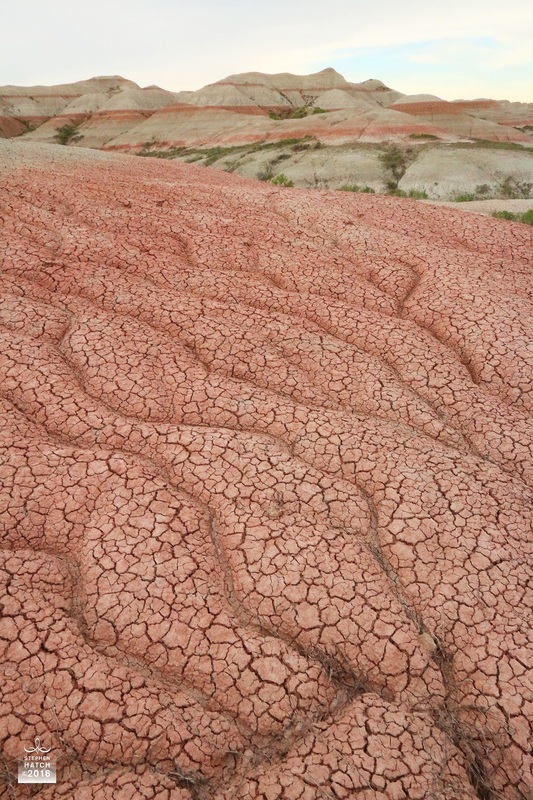
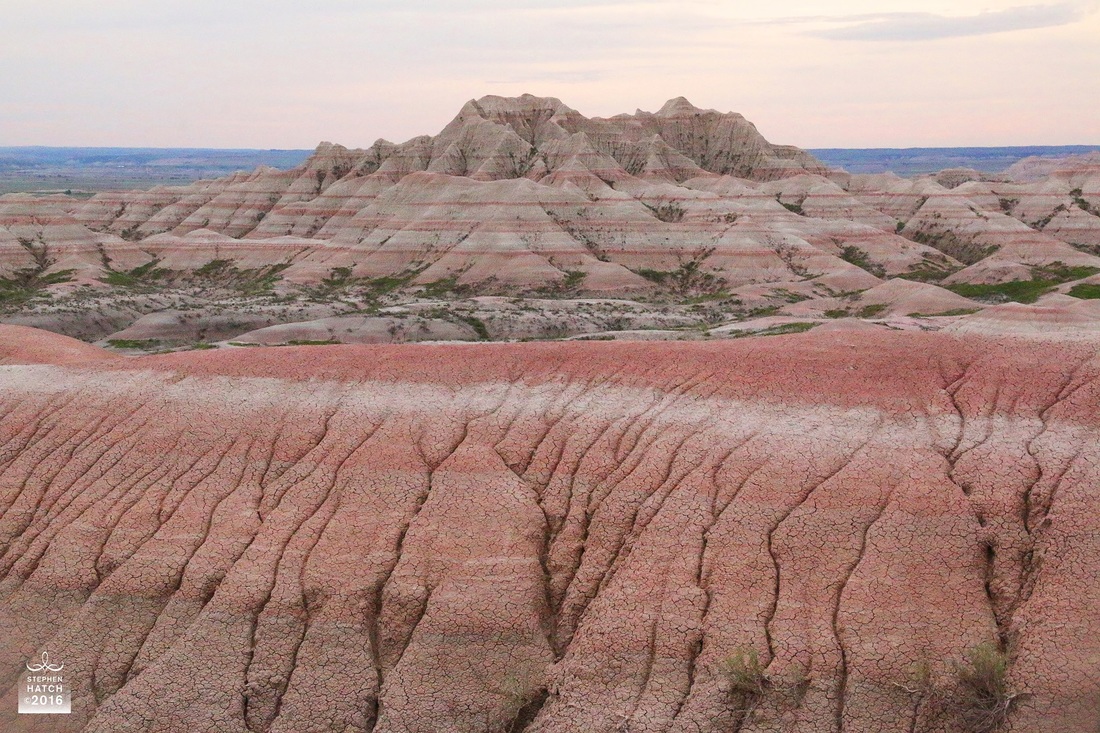
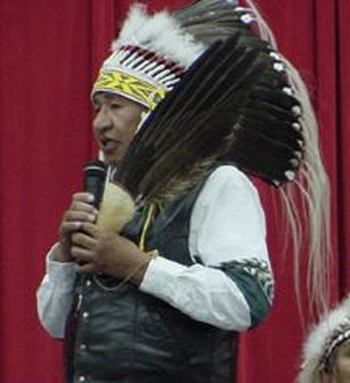
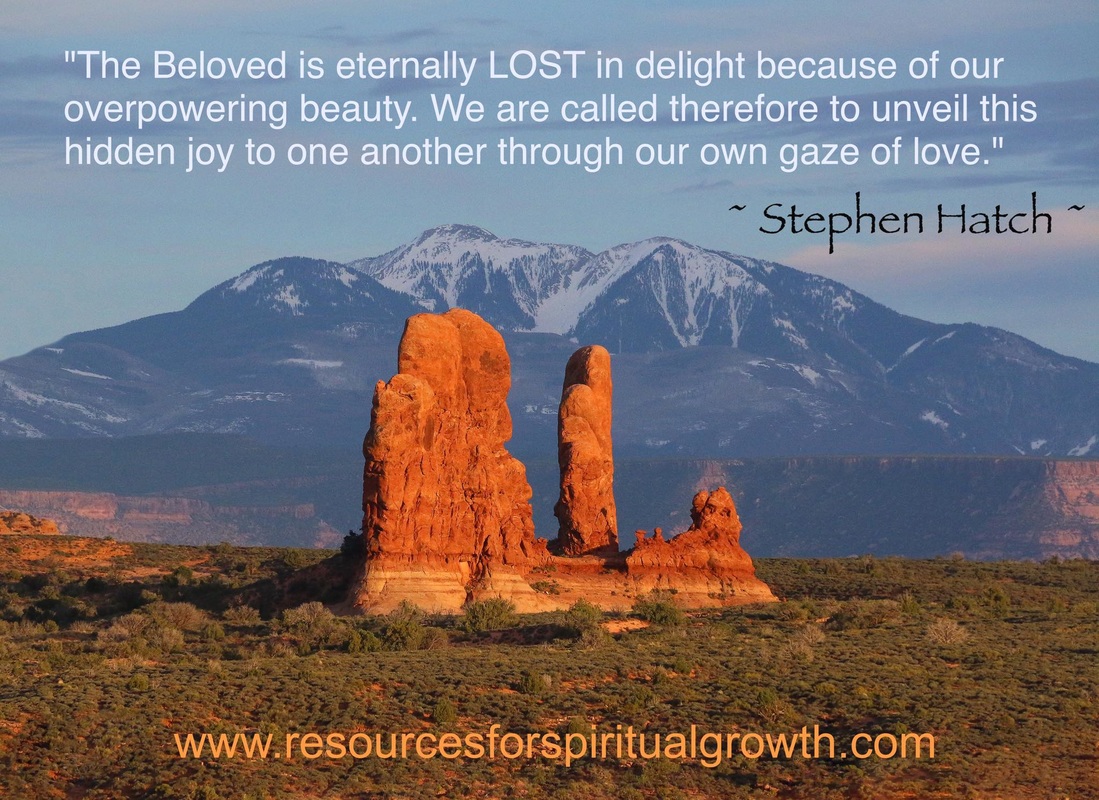
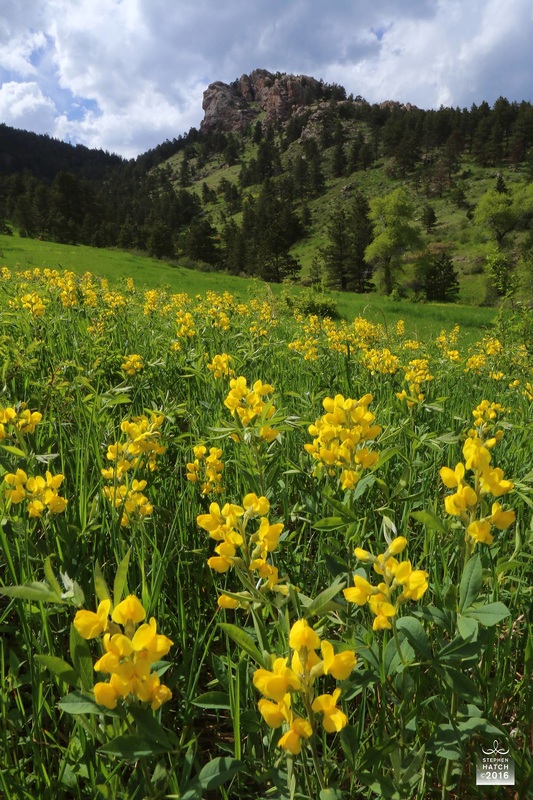

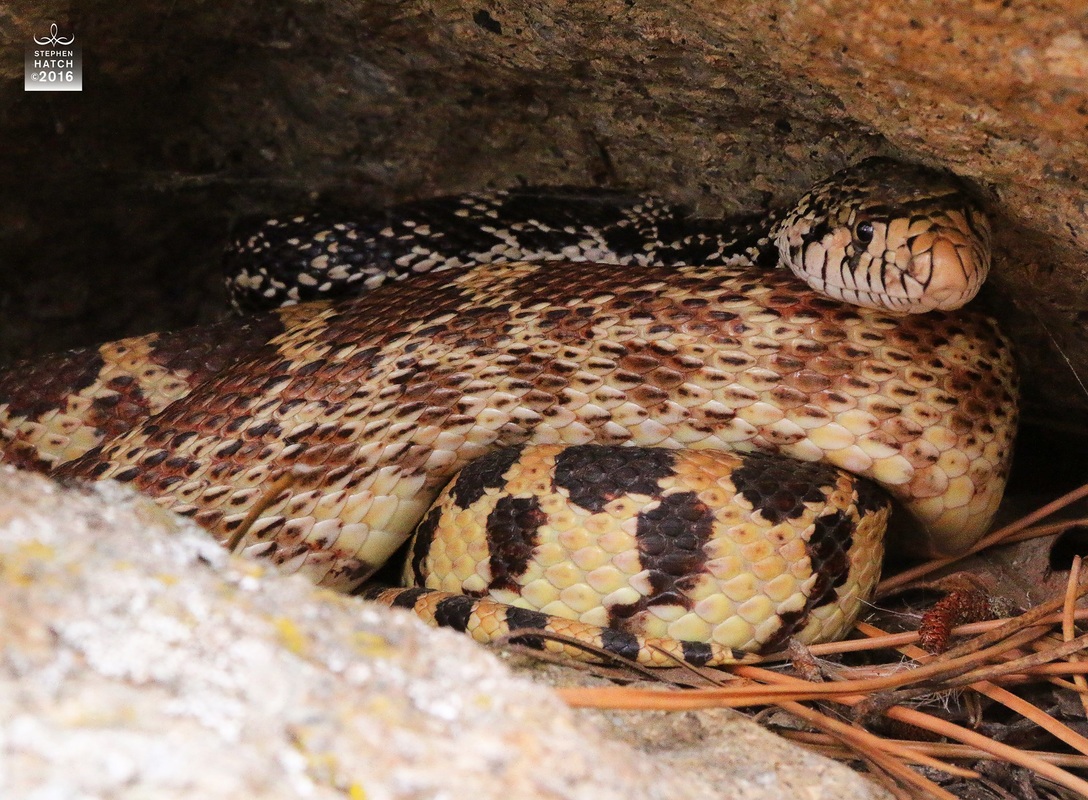



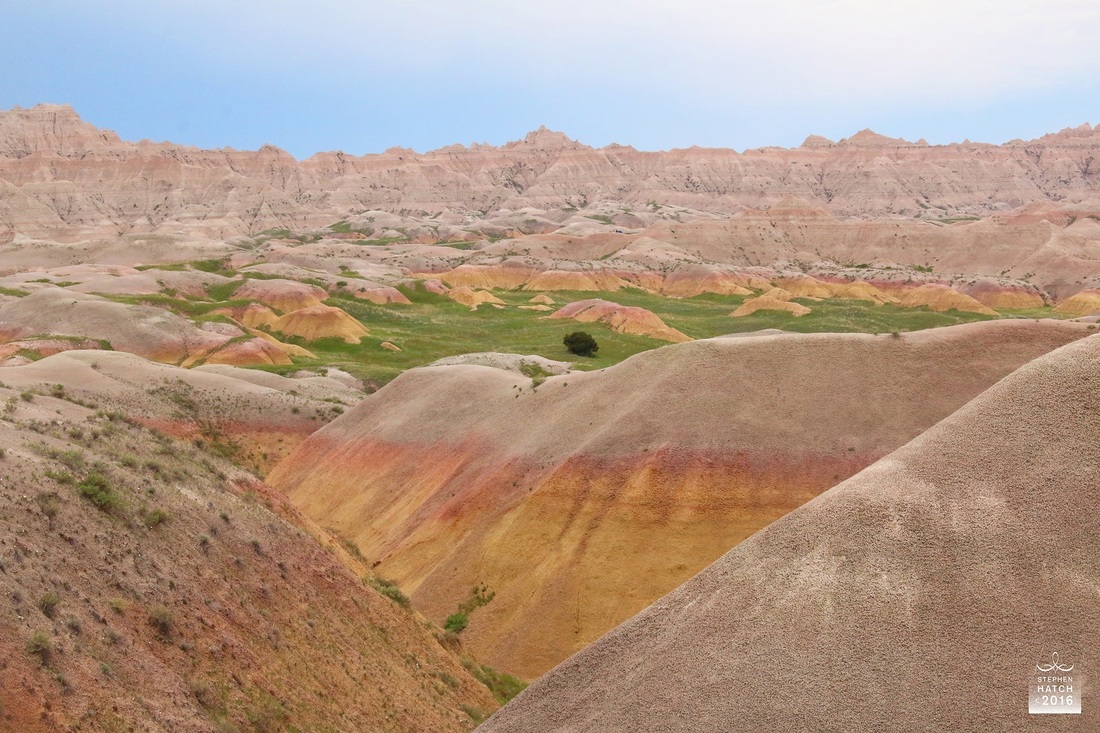
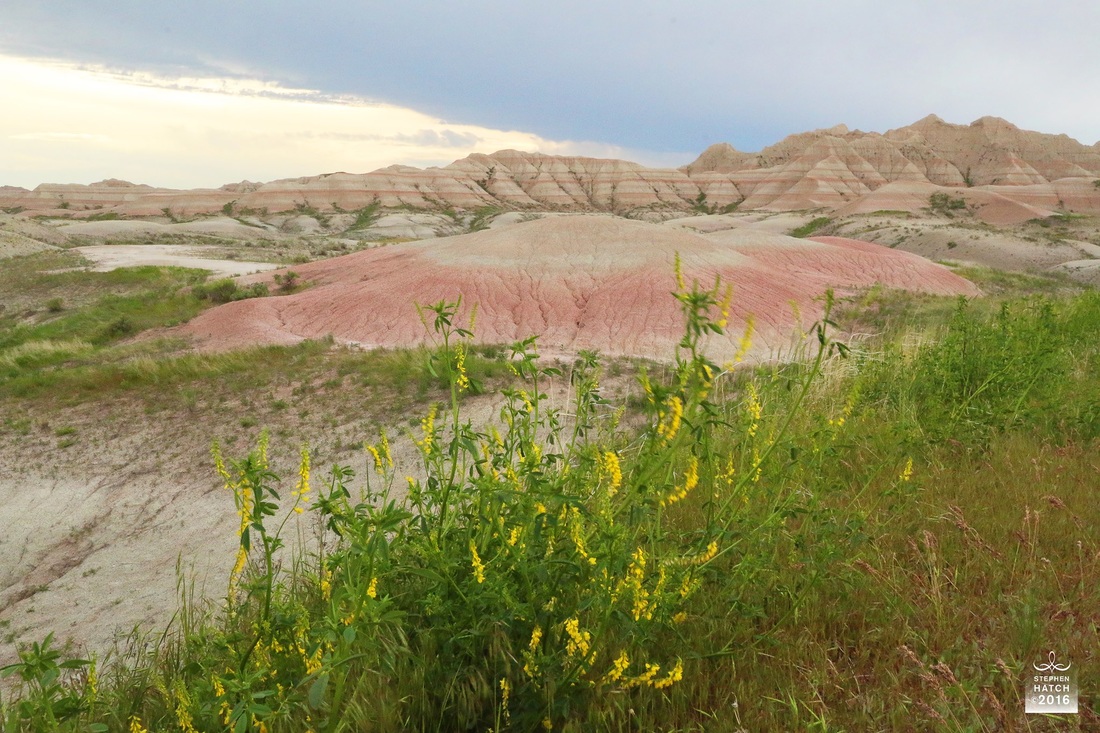
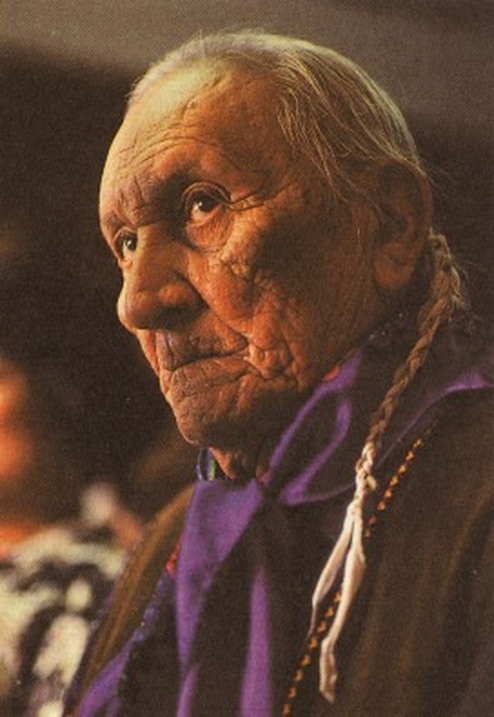
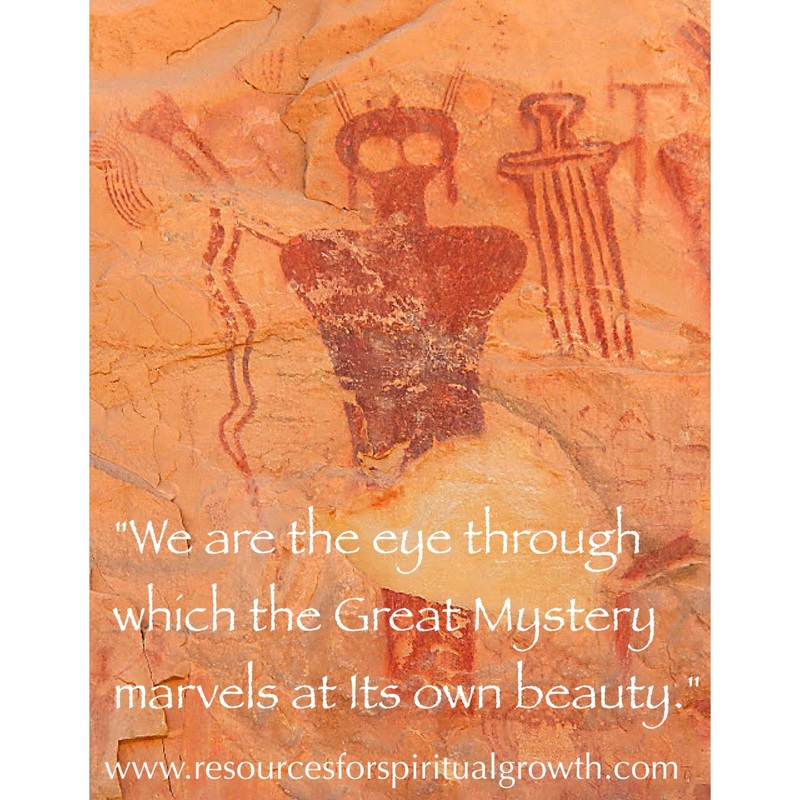

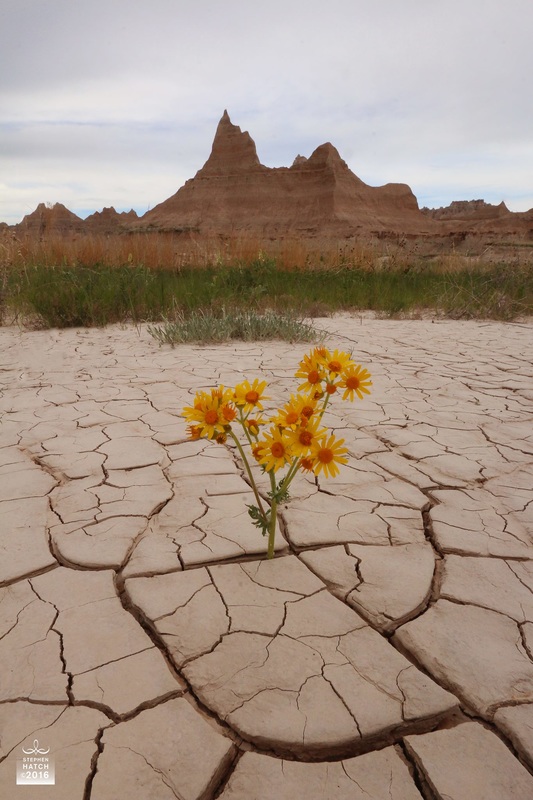
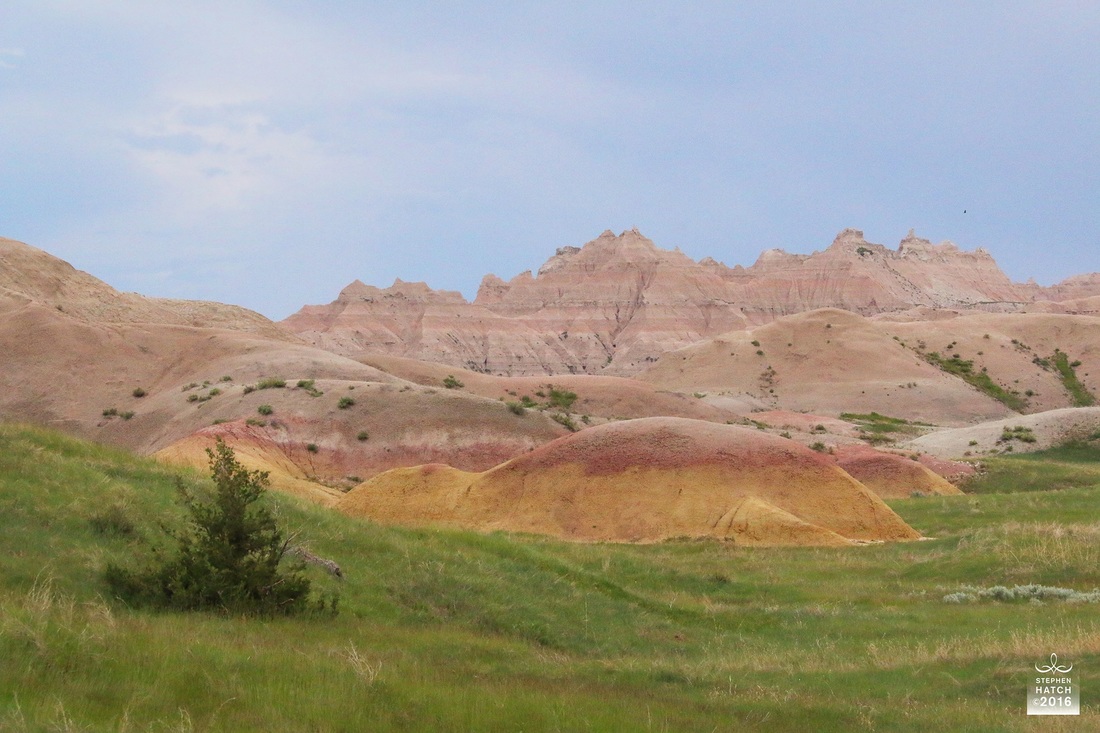
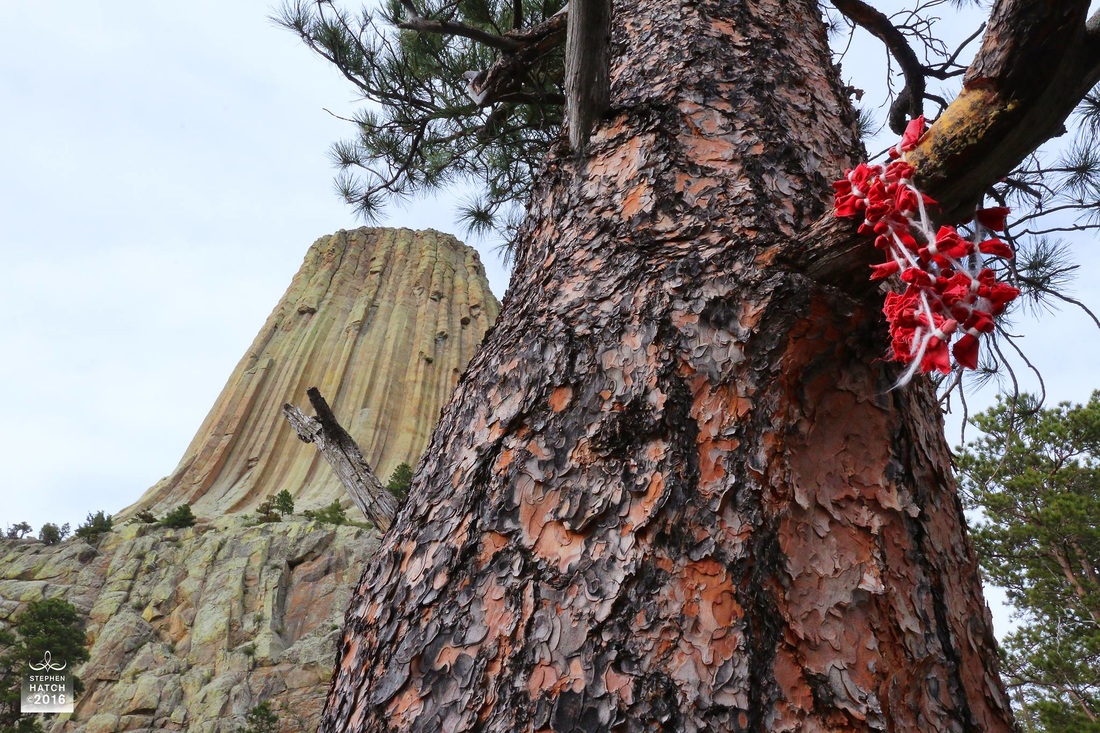
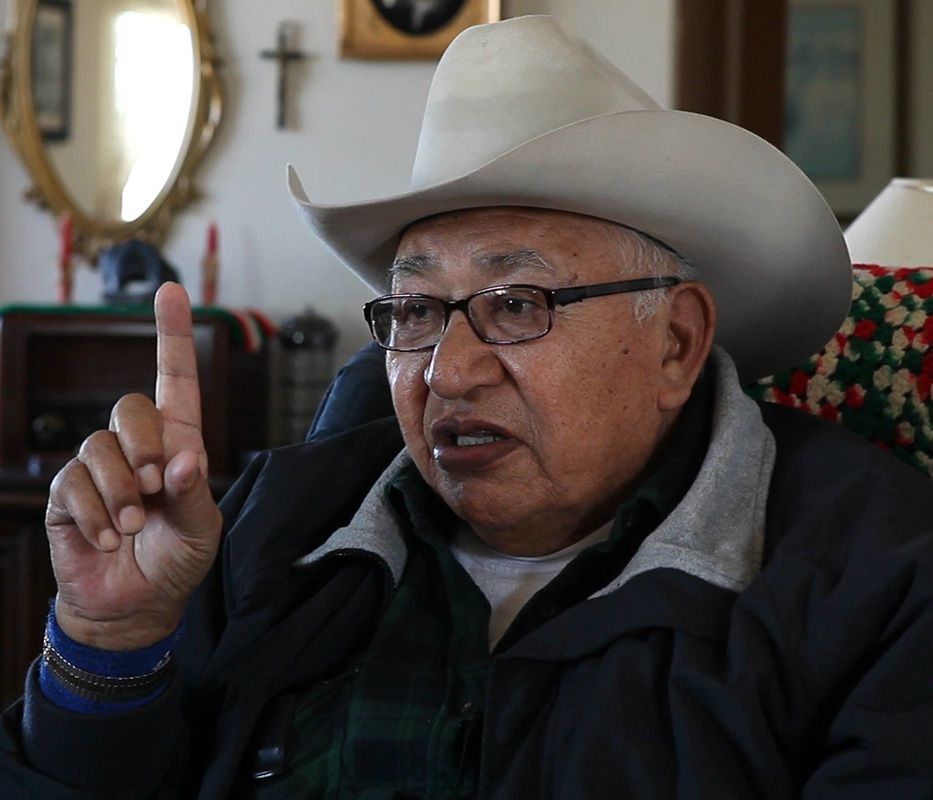
 RSS Feed
RSS Feed
